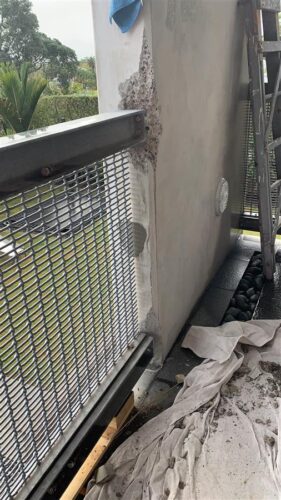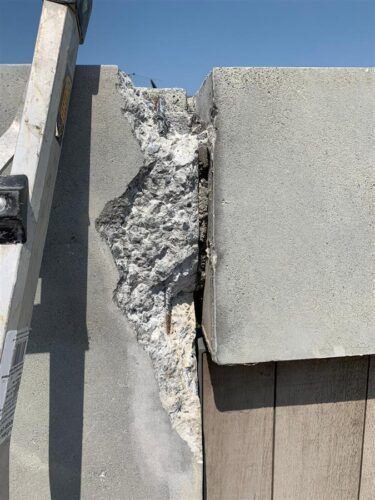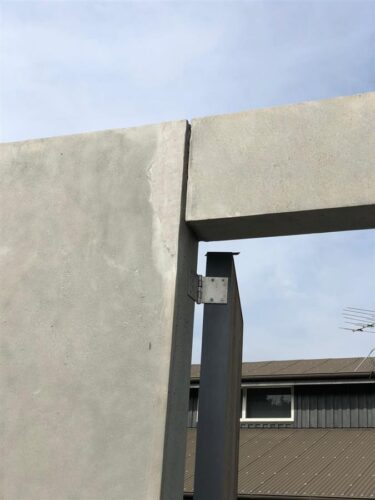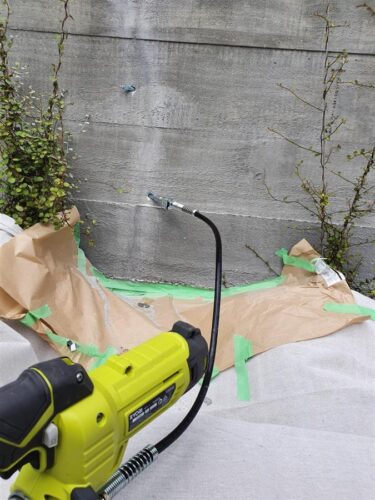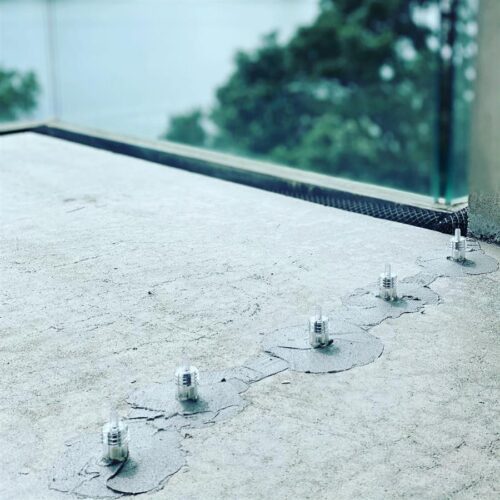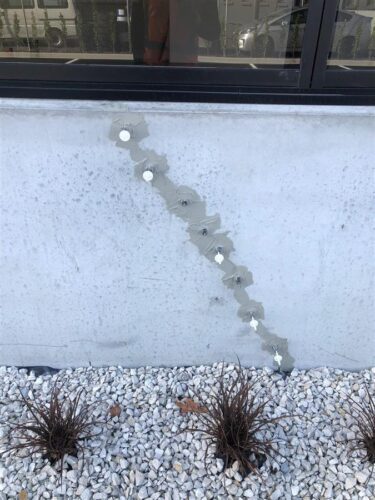Effective Date: 1 June 2023
This Privacy Policy outlines the information practices of Professional Concrete Repairs Limited ("we," "us," or "our") regarding the collection, use, and disclosure of personal information for retargeting purposes on Facebook and Google platforms. We are committed to protecting your privacy and ensuring the security of your personal information. Please read this Privacy Policy carefully to understand our practices regarding your information.
1. Information Collection
1.1 Personal Information: When you interact with our website or engage with our retargeting campaigns on Facebook and Google, we may collect certain personal information from you, which may include but is not limited to:
- Name
- Email address
- Phone number
- IP address
- Browser information
- Device information
- Website activity and interactions
1.2 Cookies and Tracking Technologies: Our third-party partners and we may use cookies and similar tracking technologies to collect information about your browsing behavior and preferences. These technologies help us deliver personalized advertisements and improve your overall experience. You can manage your cookie preferences through your browser settings.
2. Use of Information
2.1 Retargeting: We use the personal information collected to deliver targeted advertisements to you on Facebook and Google platforms. These advertisements may be based on your previous interactions with our website or other online activities.
2.2 Analytics and Improvements: We may analyze the information collected to gain insights into user preferences, trends, and website performance. This information helps us improve our retargeting campaigns and enhance our website's functionality and user experience.
3. Information Sharing
3.1 Third-Party Service Providers: We may share your personal information with trusted third-party service providers who assist us in delivering retargeting campaigns, managing our website, or providing other services necessary to our operations. These service providers are bound by confidentiality agreements and are prohibited from using your information for any other purpose.
3.2 Legal Compliance: We may disclose your personal information if required by law or if we believe such disclosure is necessary to protect our rights, comply with a legal obligation, or defend against legal claims.
4. Data Security
We implement reasonable security measures to protect your personal information from unauthorized access, alteration, disclosure, or destruction. However, please be aware that no data transmission over the Internet or storage system is entirely secure.
5. Your Choices and Rights
5.1 Opt-Out: You have the right to opt out of receiving targeted advertisements. You can adjust your ad preferences on Facebook and Google by following their respective instructions.
5.2 Access and Correction: You have the right to access and correct your personal information held by us. If you would like to review or update your data, please contact us using the details provided in Section 7.
6. Children's Privacy
Our services are not intended for individuals under the age of 13. We do not knowingly collect personal information from children. If you believe that we have inadvertently collected personal information from a child, please get in touch with us immediately.
7. Contact Us
If you have any questions, concerns, or requests regarding this Privacy Policy or the handling of your personal information, please contact us at:
- Professional Concrete Repairs Auckland/Wellington Limited
- Email: info@pcrconcrete.co.nz
- Phone: 0800 552 025
8. Changes to the Privacy Policy
We reserve the right to update or modify this Privacy Policy occasionally. Any changes will be effective upon posting the revised Privacy Policy on our website. We encourage you to review this Privacy Policy periodically for any updates.
9. Compliance with New Zealand Laws
This website and its owners take a proactive approach to user privacy and ensure the necessary steps are taken to protect the privacy of its users throughout their visiting experience. This website complies with all New Zealand laws and requirements for user privacy.
By using our website and engaging with our retargeting campaigns on Facebook and Google, you acknowledge that you have read and understood this Privacy Policy and consent to the collection, use, and disclosure of your personal information as described herein.
Professional Concrete Repairs Limited is the data controller for the purposes of this Privacy Policy.
Last updated: June 2023
Professional Concrete Repairs Auckland Limited -Professional Concrete Repairs Wellington Limite
